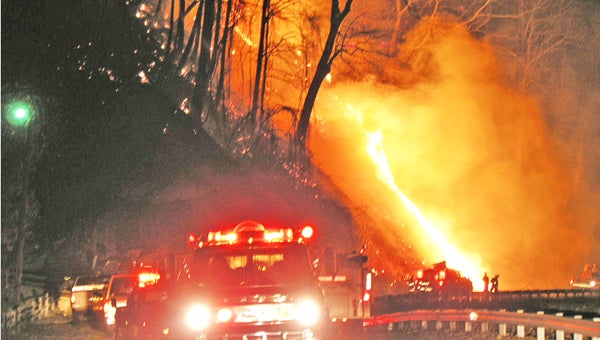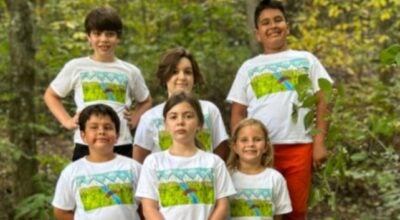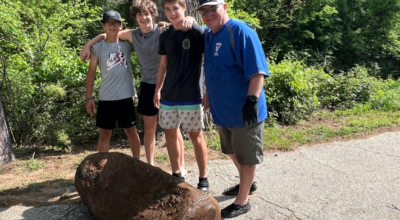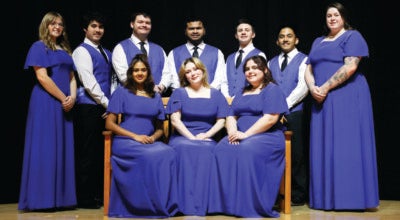Polk Co. forest ranger Brian Rogers to speak about wildfires
Published 11:23 pm Wednesday, October 30, 2013

While many people think of western states such as California as being particularly prone to wildfire destruction, the problem also exists in North Carolina, as evidenced by this photo from within Polk County.(photo submitted by Jean Boles)
Polk County Forest Ranger Brian Rogers will be the guest speaker at the Foothills Association of Master Gardeners Lecture Series on Nov. 4 at 1:30 p.m.
This presentation will be given at Isothermal Community College Polk County Campus. It is open to the public and no reservation is required.
Rogers will discuss the nationally recognized Firewise program.
The North Carolina Firewise and Firewise Communities/USA programs provide information for homeowners, builders, planners, developers and fire officials to help mitigate the risks associated with wildfire.
As development has increased in North Carolina, a large number of homes and communities have been built in Wildland/Urban Interface areas, increasing their risk for exposure to wildfire.
The Wildland/Urban Interface (WUI) is defined as the area where homes and communities meet or intermingle with undeveloped wildland vegetation. Wildfires that occur in the WUI can be extremely dangerous or destructive to lives and property.
The dangers of the WUI mean that homeowners must take the initiative in working to protect their property and neighborhoods before a wildfire occurs.
While many people think of western states such as California as being particularly prone to wildfire destruction, the problem also exists in North Carolina.
A 2000 study showed North Carolina ranks number one in the amount of land area that falls inside WUI zones, and 5th in the percent of homes (41 percent) in the WUI.
This, taken with the fact that wildfire is a natural part of the state’s ecosystems, illustrates the danger that many residents live under.
According to Rogers, it is not a matter of if a wildfire will occur, but when it will happen.
– article submitted by Jean Boles





